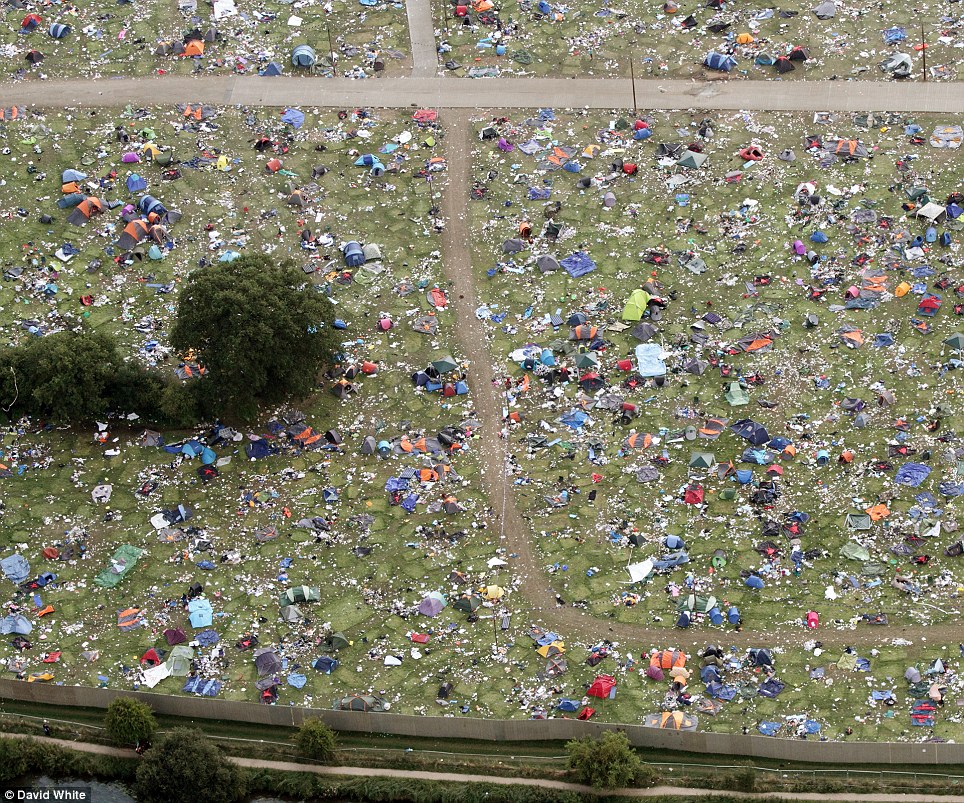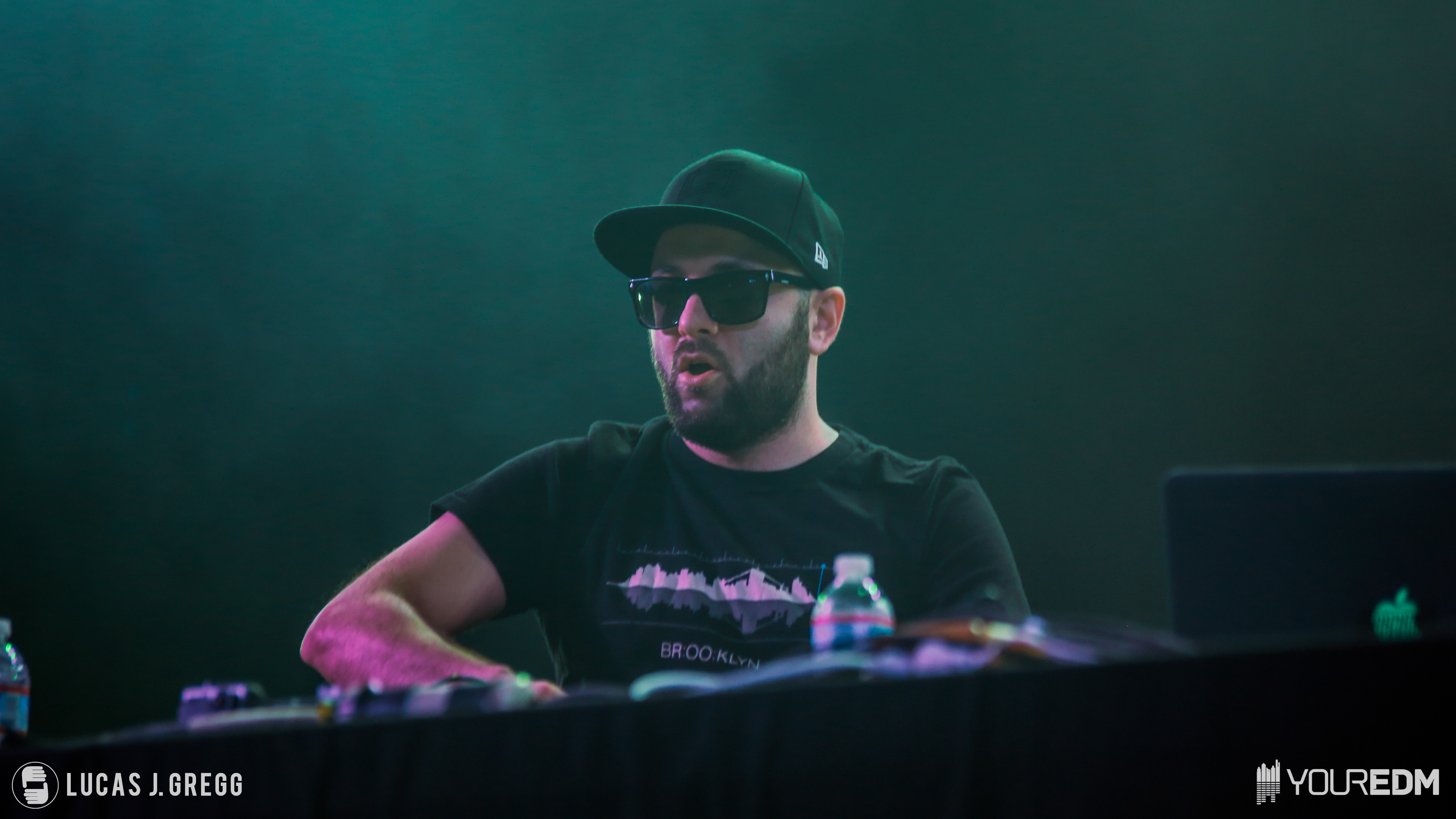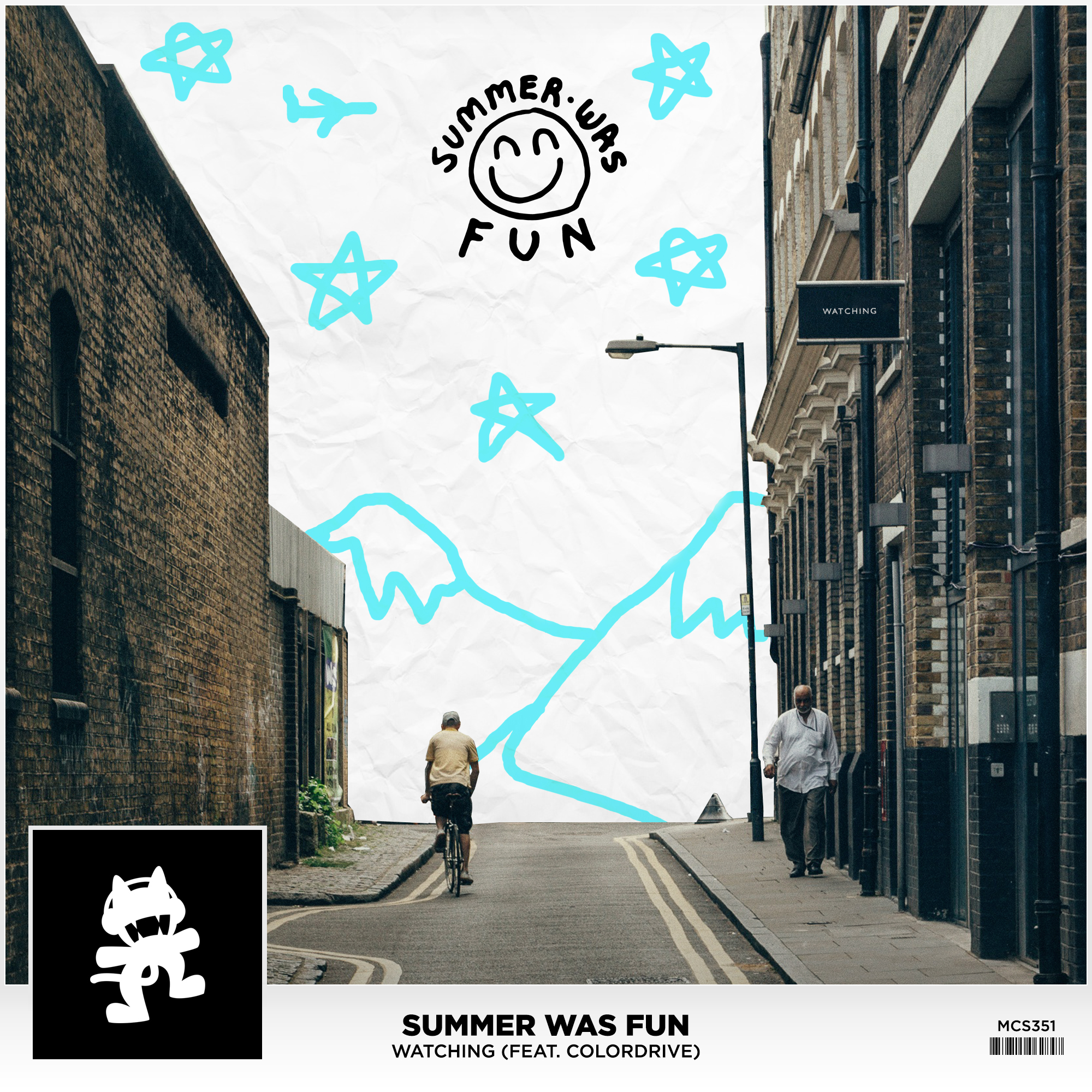You finally arrive to the venue, after enduring months of waiting and planning, and set foot on the sprawling, green festival grounds. Even though it’s somewhere you’ve never been, and you can barely comprehend the expansive layout from where you’re standing, it instantly feels like home. You crack open a beer, set up your tent and canopy, meet the neighbors, and half-dance to the distant kick drum emanating from one of the stages inside the gates. By evening time, after hearing the music and wading through the ankle-deep oceans of paper plates, cap-less water bottles, and drink cans, you make it back to your site and enjoy what’s left of your night amongst friends and acquaintances before waking up and doing it all over again. The festival experience is a peaceful one, where your biggest concern is making sure the people around you are having as good of a time as you are. This is what bonds us as electronic music listeners, and why we continue to invest hundreds of dollars into buying tickets every year. It’s about the music and the people.
Now, this experience can be seen as relatively carefree and innocent, unless you stick around after the crowds have dispersed. To those who aren’t spending money on tickets, and who are responsible for the maintenance and upkeep of the grounds themselves (during and after the event), the behavior of the average attendee comes at a significant cost, not only to the environment, but to the workers/clean-up crews and the festival’s reputation and viability to return the following year. (See pictures from last year’s Glastonbury, and 2012’s Electric Forest.)
In 2013 at Reading Festival (pictured above), more than 20 tons of abandoned, re-usable material were collected. The clean-up process took two weeks to complete. In 2010, Bonnaroo‘s amount of waste reached 489 tons. With a team of only 500 volunteers sorting through just shy of 1 million pounds of garage, it’s easy to see the kind of impact we can have on a property owner’s willingness to let the party continue year after year.
Besides grass-strewn fields, our events take place in a great number of locations that feel the effects of our trash-and-leave behavior. Cruise ships, city plazas, stadiums, and even nightclubs must carefully factor in the money and resources required to handle the inevitable mountain of garbage that their attendees will leave behind after the event. If the supposed scale of this process is too much for the venue to handle, or if the cost of hiring outside crews to lend a hand is too steep, it can become a prominent contributor to their elimination of future events.
This is where we, as the masses, begin to have our own experience tarnished. Once the act of enjoying ourselves without considering consequences becomes the very cause for the cancellation of future experiences, we’re left with no choice but to shoulder a significant portion of the responsibility.
In a 2013 L.A. Weekly story on the subject, Janine Jordan, founder of the nonprofit organization Electronic Music Alliance had this to say:
Electronic music culture has always been about community, but green has been more fringe. It pushes some people away for some reason.
L.A. Weekly also spoke to Richard Goodstone, co-founder of Superfly Productions added:
If it’s 10 times the cost, we may have to say that we’re not going to do the most sustainable option. We can only do so much based on our finances.
Now, of course, there are many exceptions to this trend, which I’ll come back to. However, it seems apparent that to most big-name festivals, the choice of providing a “more fun” experience for their attendees versus implementing costly recycling and waste facilities/policies/workers will usually tip in the former’s direction. From this standpoint, it seems that the only way to preserve festival grounds is to create a concrete understanding and input of effort between those making the trash and the organizers themselves.
As is stated in LA Weekly, “It involves providing the right incentives, the right penalties and, perhaps more than anything else, making it easy to be green.”
This is clearly easier said than done, as the casual attendee is not likely to conform to strict and hindering festival rules when all they did was pay $300 to party for a few days. What it must take, then, is a compromise from both parties. If we truly want to cut down on property damage and weeks of post-clean up, organizers must be willing to dedicate a more significant portion of their funds toward outside greening companies.
By providing informative waste procedure signs, more trashcans, more workers standing by to help attendees, and substantial incentives for the crowds to do their part, we would surely see an impact. On the other side of it, those buying tickets must understand the few extra minutes of assistance they’ll need to put in before even arriving at the venue. By helping to create a positive and codependent atmosphere around the proper handling of garbage, the fans have the ability to change the tide of normal festival behavior.
Several events already have a well-known history of employing this exact mindset. Burning Man‘s “Leave No Trace” policy is almost entirely effective. There are no trashcans whatsoever in the makeshift, desert city. The attendees are made very aware of the festival’s commitment to preservation, and are constantly encouraged and assisted by their neighbors. Lightning In A Bottle has received the “Greenest Festival In America” award five years running, as they provide recycling and composting areas within the grounds under the supervision of helpers. In an interview with LA Weekly, Sustainability Director Shena Jade Jensen said that while the first-year crowds couldn’t figure out where an aluminum can was supposed to go, the current campers have become almost completely self-sufficient. The reason for this miracle of conscious, environmental support is combined enthusiasm and application from the event and attendees. Put simply: if everyone else is doing their part, you’re likely to follow suit.
Of course, it’s impossible for every festival to suddenly change their entire plan and become the next Outside Lands or Firefly. But, as representatives of the “peace, love, unity, respect” mentality, we would be hypocrites if we didn’t dedicate some thought to those who actually make our life-changing experiences possible. In light of the 2015 festival season being in full swing, we felt it was important to bring these (perhaps) tired arguments back into conversation.
The idea is a simple one: if we want to continue attending these events and feel welcomed and safe within their boundaries, we mustn’t treat them as our personal litter box. Despite having paid hundreds of dollars for the experience, we share the responsibility for making sure we’re able to return. If, through small individual actions, we are able to make a dent in the organizers’ clean-up budgets, they will then have the option of dedicating that money toward further on-site waste management resources. For the festivals pictured above, the cyclical process will be a slow and arduous one. By altering the mindset of those who attend and those who put on the show, however, the events will continue to be hosted long enough for us to one day see a substantial difference being made.
Sources: AmusingPlanet, LAWeekly, NYTimes, Buzzfeed, MLive, MillenialMagazine










